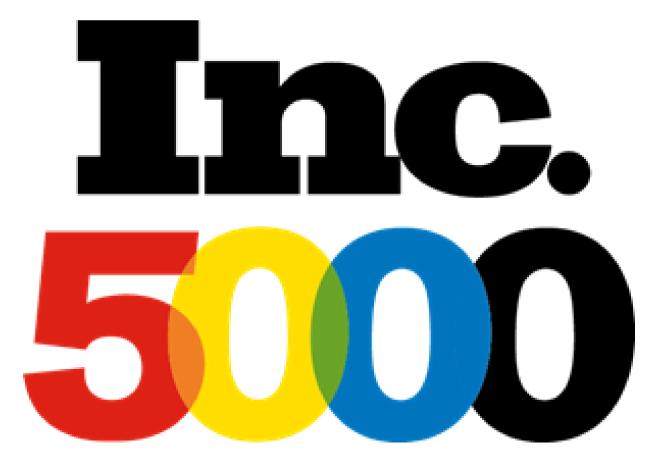Giving circles have become a popular means of charitable giving for women, minorities, and individuals under 40. For this approach, groups of people will compile donations and select recipients together, according to The Chronicle of Philanthropy. These groups may be small, large, or somewhere in between, but they offer unique opportunities for many donors.
A new report from Connected to Give found that donors of African, Asian, and Hispanic descent were more likely to participate in giving circles than whites, The Chronicle of Philanthropy reported. The survey also found that 1 in 8 donors makes a charitable gift through a giving circle, and about 40 percent of all individuals giving to these organizations are under 40 years old. In addition, of non-Jewish whites contributing to giving circles, two-thirds were women.
Why giving circles?
Giving circles provide more flexible arrangements for some philanthropists, and are often facilitated through community foundations, although this doesn’t always need to be the case. This approach can be beneficial for potential donors who want to maximize the use of their funds. It’s an approachable method for many aspiring philanthropists because the concept is familiar. As a report from Asian Americans and Pacific Islanders in Philanthropy notes, many donors have participated in a giving circle without calling it that by name.
Giving circles provide an option for individuals to make charitable gifts as part of a community. As such, their memberships can often be very diverse. AAPI noted some examples in its report, including the Hmong Women’s Giving Circle in Minneapolis, which was founded by a combination of teenagers, grandmothers, stay-at-home moms, and women who speak very little English.
In an interview with The Chronicle of Philanthropy, Shawn Landres, chief executive at Jumpstart Labs, said that giving circles are also the good starting point for lower-income donors that want to use their limited assets to make an impact, particularly for a specific cause or group of people.
“It’s a way to express your identity as a member of the community and to leverage your capacity to make a difference,” he added.
Using grant management software to increase efficiency
Community circles may start small, but over time they can significantly increase their assets as more people join. As operations expand, these organizations may find they need a better way to manage their assets and deliver funding. Adopting a grant management platform can help these organizations make grants more efficiently and effectively. Since giving circles often have very specific goals for funding, reporting capabilities may become increasingly important over time to ensure these organizations are making grants that are advancing their mission.
Grant management platforms can also make it easier for applicants to submit proposals for funding, increase the likelihood that nonprofits with a great need for assets will have a chance to improve their own operations.
Smaller giving circles can also utilize the resources of a community foundation to help them deliver their funding effectively. Giving circles are often already using digital processing for grantmaking. Any philanthropic organization that wants to increase efficiency can better do so by improving proposal review processes with software.












